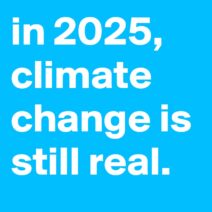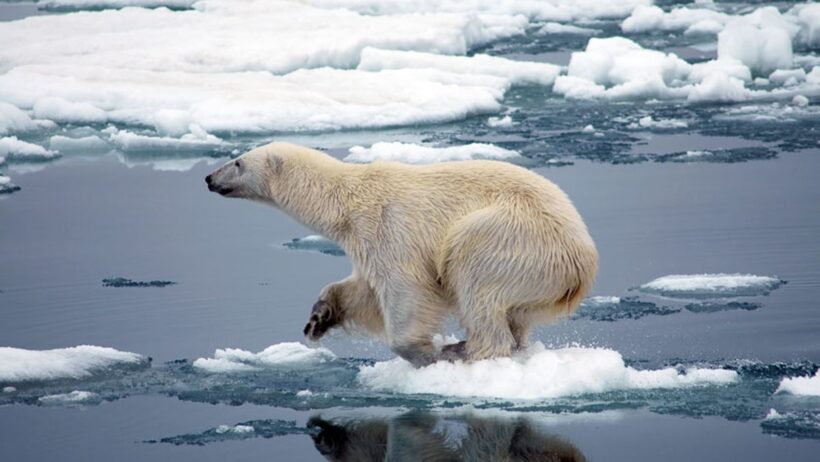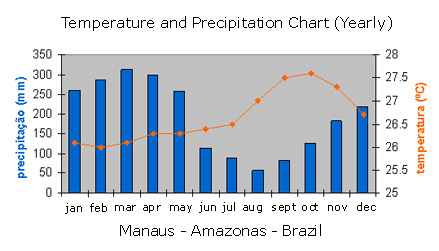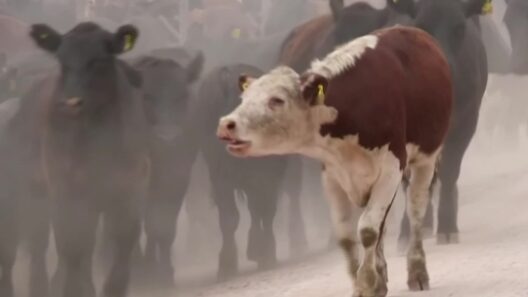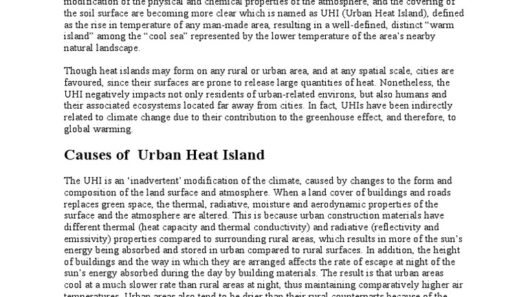As the world’s climate continues to warm, the polar regions are among the first to exhibit the sometimes alarming transformations catalyzed by human activity. The melting ice caps are not merely a visual spectacle of loss; rather, they symbolize a multifaceted crisis that reverberates globally, influencing ecological systems, human livelihoods, and geopolitical dynamics. By examining the far-reaching effects of polar warming, we are invited to explore how the ramifications extend far beyond the icy realms of the Arctic and Antarctic.
To understand these dynamics, it is essential first to acknowledge the role of polar ice in our planet’s ecosystem. Polar ice caps act as Earth’s reflective shield, bouncing sunlight back into space and regulating global temperatures. As these expansive icy surfaces shrink, they are replaced by darker ocean waters that absorb heat, leading to a feedback loop of accelerated warming. This phenomenon of albedo effect loss is but a precursor to the cascading effects that follow.
Among the most profound consequences of polar warming is its impact on sea level rise. The melting of ice sheets contributes significantly to this phenomenon, with estimates suggesting that global sea levels could rise by several feet in the coming decades if current trends persist. Coastal cities, many of which are already grappling with storm surges and flooding, will face an existential threat. Populations in low-lying regions like Bangladesh, the Maldives, and parts of the United States might find their homes submerged, leading to mass migrations and potential humanitarian crises.
Moreover, the repercussions of polar warming extend into terrestrial ecosystems. The thawing permafrost releases long-stored carbon dioxide and methane—both potent greenhouse gases—into the atmosphere, exacerbating climate change. This unexpected carbon emission source turns formerly stable, frigid landscapes into active contributors to global warming, creating an alarming cycle that is hard to reverse. The flora and fauna of the polar regions are adapting, struggling for survival as their habitats undergo radical changes. Animals like polar bears, already vulnerable, are finding their hunting grounds diminished as the ice they rely on recedes.
The repercussions are not limited to the natural environment. Indigenous communities that have thrived in polar regions for millennia face existential challenges as their traditional lifestyles are abruptly altered. The melting ice alters migration patterns of wildlife, which in turn affects hunting traditions and food security. In places like Alaska and Greenland, Indigenous cultures are witnessing a clash between ancestral ways and the impacts of modern climate change, putting their identities at risk. This highlights the need for a thoughtful intersection between climate science and social justice, ensuring that the voices of those affected are integral in shaping adaptive strategies.
Economic implications are equally concerning. Fishing industries, reliant on cold-water species, are struggling as marine ecosystems shift in response to warming waters. This disruption raises questions about food security for millions who depend on stable fish populations for both sustenance and income. Furthermore, industries that affect and depend on polar regions, such as oil, gas, and tourism, must reconsider their practices in light of changing environmental conditions. Efforts toward sustainable practices and renewable alternatives gain urgency as the repercussions of exploitation become apparent.
As the Arctic becomes more accessible due to melting ice, geopolitical tensions are emerging. Nations are vying for control over newly navigable shipping routes and untapped resources, leading to potential conflicts in resource management and environmental protection. The scramble for resources in polar regions could ignite disputes far beyond the icy corridors, challenging international cooperation and igniting a dialogue about stewardship versus exploitation. This scenario calls for a collective global governance framework that prioritizes sustainable use while recognizing the rights of Indigenous peoples and pressing for environmental accountability.
Amidst these daunting realities, however, there exists an opportunity for innovation and change. The discourse surrounding polar warming invites a paradigm shift that embraces sustainability, conservation, and global collaboration. Nations can adopt policies that prioritize renewable energy sources, carbon capture technologies, and preservation of critical habitats, paving the way for a healthier planet. While the situation is indeed precarious, it can serve as a catalyst for transformative dialogues about ecological responsibility.
Raising awareness about the changing polar landscapes can cultivate a sense of stewardship among populations that may feel disconnected from these remote regions. Education plays a pivotal role in illuminating these issues, engendering respect for both the natural world and the diverse peoples who inhabit it. By fostering a deeper understanding of the interconnectivity of our global systems—where the fate of the Arctic echoes in our own backyards—we cultivate the curiosity and commitment needed to innovate solutions.
In conclusion, the effects of polar warming are far-reaching, extending well beyond ice melting into complex webs of ecological changes, socio-economic challenges, and geopolitical ramifications. The urgency of these developments necessitates immediate action and thoughtful dialogue encompassing all stakeholders. As we confront climate change, understanding the critical role of polar regions can significantly shape our collective response. Transforming our perspective on these distant lands can unveil new pathways for cooperation, resilience, and a renewed vision for our shared future on this planet.

